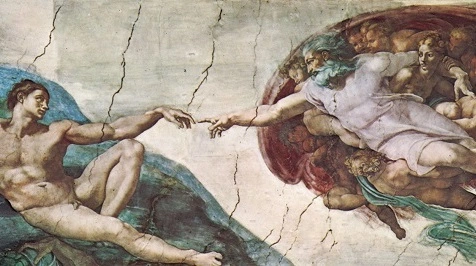
Art Appreciation
Acquaint yourself with some of civilisation's most significant artists and art movements. Guided by our qualified and friendly tutors, discover art and its history and the beauty that lies within art.
F2F
ONL
Available Classes
$43
Limited
inc GST
Hans Holbein & Albrecht Dürer - Why are they so celebrated?
<p>Born more than 500 years ago, Hans Holbein and Albrecht Dürer remain familiar names. Holbein as the artist responsible for our many images of Henry VIII and his English Court. Albrecht Dürer for
...
F2F
ONL
Available Classes
$0
Limited
An Introduction to Art History in 3 Objects
<p>What can a drawing, a painting and a print, from the past, tell us about the nature of art? We compare them as stand-alone art pieces and collectively to tell the story of art in context of time
...


